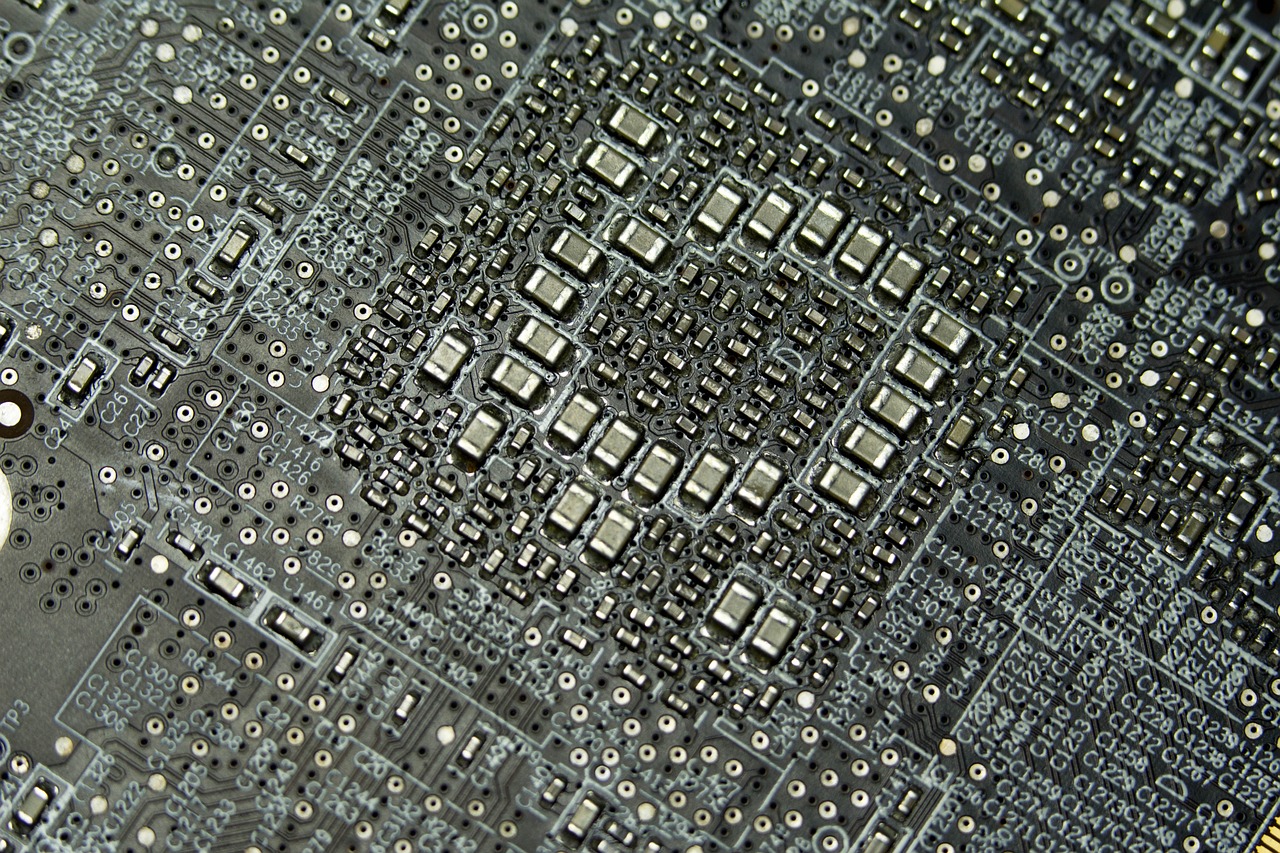The Role of Tech in Enhancing Workplace Safety
The integration of artificial intelligence and machine learning algorithms has revolutionized monitoring and surveillance systems across various industries. These technologies enable real-time analysis of vast volumes of data, allowing for swift identification of anomalies and potential threats. Additionally, advancements in facial recognition and biometric identification have enhanced the accuracy and efficiency of surveillance efforts, leading to improved security measures and crime prevention strategies.
Moreover, the emergence of sensor networks and Internet of Things (IoT) devices has further expanded the capabilities of monitoring and surveillance systems. These interconnected devices gather and transmit data from various sources, providing a comprehensive and detailed view of the environment being monitored. From smart cameras to environmental sensors, the integration of IoT technologies has enabled a more holistic approach to surveillance, enhancing situational awareness and response times.
Innovative Wearable Devices for Employee Safety
Wearable devices have emerged as a crucial tool in ensuring the safety and well-being of employees in various industries. These innovative gadgets are equipped with advanced sensors that monitor vital signs, movement patterns, and environmental conditions in real-time. By collecting and analyzing this data, employers can proactively identify potential risks and take preventive measures to mitigate them.
One of the key benefits of wearable devices for employee safety is their ability to provide instant alerts and notifications in case of emergencies or hazardous situations. For instance, if a worker experiences a sudden increase in heart rate or a fall, the device can trigger an alarm to alert supervisors or emergency responders immediately. This prompt response can significantly reduce the impact of accidents and injuries, ultimately creating a safer work environment for all employees.
What are some examples of wearable devices for employee safety?
Some examples of wearable devices for employee safety include smart helmets, smart vests, and smart glasses that monitor the wearer’s environment and vital signs.
How do these wearable devices help improve employee safety?
These devices help improve employee safety by providing real-time monitoring of various factors such as air quality, temperature, and heart rate, and by sending alerts in case of any potential hazards.
Are these wearable devices expensive?
The cost of wearable devices for employee safety can vary depending on the features and technology used. However, with advancements in technology, the prices are becoming more affordable for businesses.
Can these wearable devices track employee location?
Some wearable devices have GPS tracking capabilities that can help monitor the location of employees, especially in high-risk environments or during emergencies.
Are there any privacy concerns with using wearable devices for employee safety?
While wearable devices can improve employee safety, there are privacy concerns regarding the collection and storage of personal data. It is important for businesses to have clear policies and procedures in place to address these concerns.





